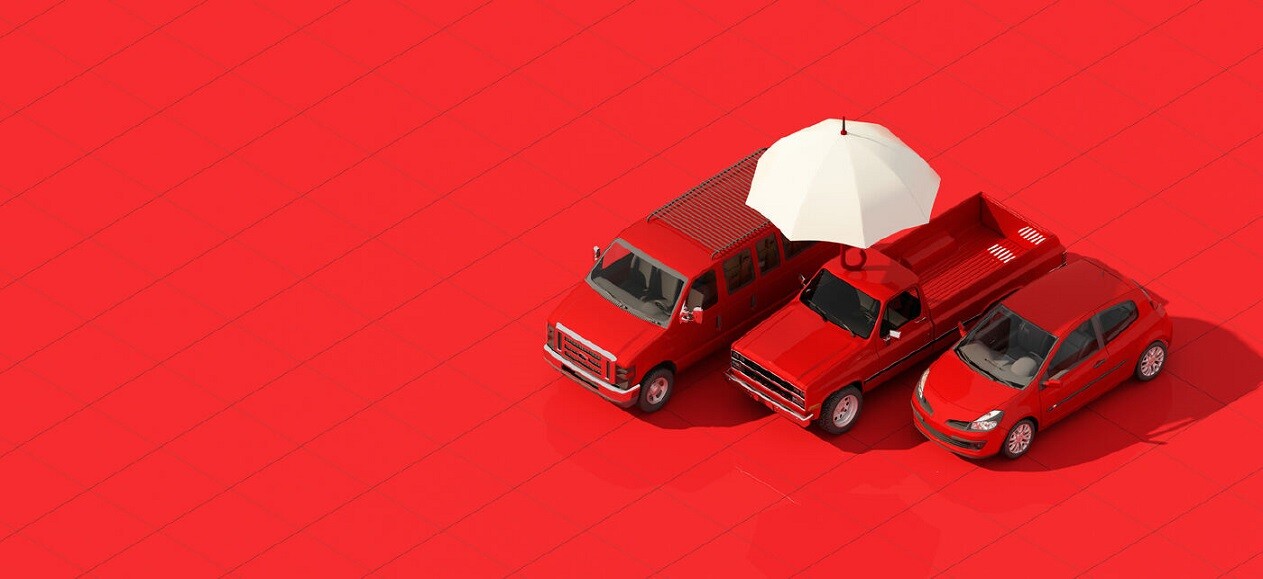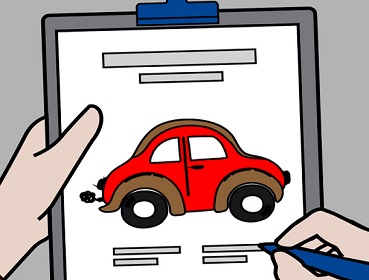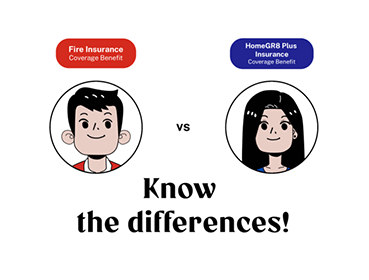Five unexpected hazards that Singaporean car owners underestimate
So you don't go "Oh My Car"!
Almost everyone is aware of the risk of road accidents; but outside of the common problems (e.g., rainy roads), how many other hazards have you considered? Too many Singaporeans just opt for the cheapest car insurance, because they may not realise the number of risks besides road accidents. Avoid burning a hole in your pocket, by being aware of the following:
1. If you park near the beach constantly, the ocean salt is eating your car
Singapore is a tropical island, and we’re surrounded by sea. Normally that’s good news; but not always for cars.
Even if you don’t drive your car into the water, the sea spray forms tiny particles that enter the atmosphere. The salt corrodes metal, and over a long period of time (probably not a few months, but certainly over a few years) it can cause unexpected problems in various parts of your car. This can include brake calipers, nuts, and bolts.
This can get much worse if your car is by the beach, and you leave it out in the rain. As you probably know, rain itself causes rust; but coupled with the addition of ocean salt, it can accelerate the process. The most immediate effects are a dulling of the paint (the car will look “bleached out” in spots); but over time it can lead to visible rust along door handles and panels, the underside of the car, or visible rust streaks.
So as far as possible, try to head for the sheltered multi-storey car park. It might be worth taking a bit of an extra long walk, to ensure your car is protected from our coastal conditions.
2. Flooding is totally still an issue
“Haha”, you laugh, “What is this, 1950? Singapore doesn’t have big floods anymore”.
Well just so you know, the last serious flash floods were in March 2022, which is really not that long ago. And while flash floods may clear up fast, that doesn’t change the fact that they can do serious damage to your car. Even a few minutes being fully submerged can bring about a five-digit repair bill.
If there’s significant water in an engine cylinder (quite likely after a flood, as the water reaches the air intakes), the entire engine may buckle or break the moment you fire it up. Modern cars also tend to use a lot of circuitry for on-board computers; and we probably don’t need to explain what happens if you submerge a computer into water.
The point is, flood damage is expensive. If you tried to skimp on car insurance - such as by buying Third Party Only insurance for a second-hand car - you may not be covered for flood damage. This could lead to one of the most expensive repair bills you’ll ever see.
Incidentally, a lot of Singaporeans who drive to Malaysia overlook this issue. There are parts of Malaysia where flooding is still not uncommon - and have you considered what happens if you drive your car across the causeway, and it’s caught in a flood in Johor? You may even have to pay to tow it all the way back across the causeway.
So do check if your car insurance still applies, when you drive it abroad.
3. Bits and pieces that go flying from a construction site
Despite the temporary walls and nets at construction sites, it’s impossible to catch every last bit of debris - especially if they’re constructing something tall, like a 30-storey building. Which happens quite commonly in Singapore.
One of the most common issues is the risk of small but dangerous objects - like nails, glass, or metal and concrete shards falling on the ground nearby. These can puncture tyres, or damage the underside of your car. Debris that falls from a height is especially dangerous: even a small piece of stone can crack your windshield, if it strikes at the right angle.
(If you have a comprehensive car insurance policy, however, you usually pay at most $100 for windshield replacements, as excess. If you don’t have it covered…ouch, because prices can go up to $300 or more depending on the model).
4. While uncommon, falling trees or tree branches can be an issue
There’s a reason NEA is always pruning trees everywhere. One of those reasons is that trees become potential hazards during our many thunderstorms. Case in point, the Punggol resident that was almost impaled when a tree fell on his car. Or this unlucky individual, whose car was caught by a falling tree branch while approaching the traffic light.
For some car owners, the hazard of falling branches only becomes clear when they walk to their parked car, and see a giant branch lying across their smashed-in windshield.
This is why, during seasons of heavy rain in November and December, it’s best to park your car far away from any trees; even if it means having to walk a bit more. You don’t need so much shade when it’s cool and rainy anyway.
5. The Singapore sun can seriously affect your car
Singapore is a hot, tropical country; and that brings a range of potential issues to any car.
The hot environment thins engine oil quicker; and if you don’t replace it often enough, this can eventually cause overheating, or a decrease in performance. Car batteries that are too heated up can fail, preventing your car from properly starting up. Even tyres and air-conditioning can start to exhibit problems, depending on the model and age of the car.
If you’re unlucky, all of the above could happen at once.
This is one reason that some mechanics caution against imported cars, which were not meant to be marketed in Singapore. Even if you can find an importer, these foreign vehicles may not have been properly acclimatised, and struggle to cope with Singapore’s extreme heat and humidity.
(Also, note that some insurers may refuse to cover such vehicles; so you may be restricted in your choice of insurer, and could end up paying higher premiums).
Be especially conscious of this if you go overseas often, and leave your car unattended
While thieves may fear the law, tree branches, high temperatures, and floods are not afraid of the police. Also remember to schedule help for engine starts so you won’t come home to an unpleasant scenario.
If you’re going on a long trip, make sure your car is parked safely and well-insured (and you may as well get good travel insurance too).
A quick note on accident versus nature-induced losses
When it comes to car insurance, there is a difference between accident-induced losses (e.g., damage because someone backed into your car), versus nature-induced losses (e.g., a tree branch fell on your car).
Some car insurance policies are more skewed toward one than the other. You may find a policy that has great coverage for accident-related issues; but much lower coverage for, say, a flood damaging your car.
It’s generally best to find a policy that’s balanced, and offers good coverage for both.
Let us match you with a qualified financial representative
Our financial representative will answer any questions you may have about our products and planning.








